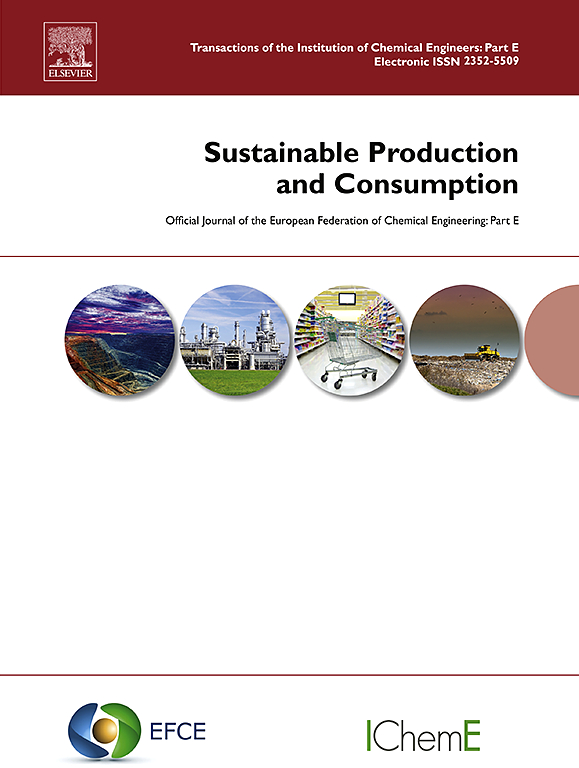评估建筑行业材料护照的循环性
IF 10.9
1区 环境科学与生态学
Q1 ENVIRONMENTAL STUDIES
引用次数: 0
摘要
最近的研究引入了循环材料护照,以促进建筑行业向循环经济过渡。尽管有许多评论指导材料护照的发展,但它们主要集中在具体的策略或结构上,而忽略了数据与循环之间的关系。此外,现有的案例研究仍然高度分散,导致知识和经验碎片化。这些缺点未能解决与战略和结构有关的不确定性,减少了对决策的信任,并阻碍了材料护照的广泛采用。为了弥补这些差距,本研究对现有材料护照的内容和案例进行了系统的文献综述。在文献筛选后,对57份过滤后的文件进行多阶段分析,提出标准化通用护照的分层(0至4级)数据结构,并探讨其数据偏好。通用材料护照考虑了多种循环策略,适用于不同的结构。然后,对34个选定的案例研究进行比较定量分析,以检查其地理分布、建筑类型、实施状态和内容,确定当前的趋势和发展。我们的研究结果为提高循环性材料护照的有效性和采用提供了有价值的见解,为建筑行业整合各种循环战略提供了一条前进的道路。本文章由计算机程序翻译,如有差异,请以英文原文为准。
Evaluating material passports for circularity in the construction industry
Recent research has introduced material passports for circularity to promote the construction industry's transition to a circular economy. Despite the availability of many reviews guiding material passports' developments, they mainly focus narrowly on specific strategies or structures and ignore the relationship between data and circularity. Moreover, existing case studies remain highly dispersed, leading to fragmented knowledge and experience. These shortcomings fail to address the uncertainties related to strategies and structures, diminish trust in decision-making, and prevent material passports' widespread adoption. To bridge these gaps, this study conducts a systematic literature review of existing material passports' contents and case studies. After the literature screening, a multi-stage analysis of 57 filtered files is performed to propose a tiered (Level 0 to 4) data structure for a standardized universal passport and explore their data preferences. The universal material passports consider multiple circular strategies and are suitable for different structures. Then, a comparative quantitative analysis of 34 selected case studies is conducted to examine their geographic distribution, building types, implementation statuses, and content, identifying current trends and developments. Our findings offer valuable insights for enhancing the effectiveness and adoption of material passports for circularity, suggesting a path forward for integrating diverse circular strategies within the construction industry.
求助全文
通过发布文献求助,成功后即可免费获取论文全文。
去求助
来源期刊

Sustainable Production and Consumption
Environmental Science-Environmental Engineering
CiteScore
17.40
自引率
7.40%
发文量
389
审稿时长
13 days
期刊介绍:
Sustainable production and consumption refers to the production and utilization of goods and services in a way that benefits society, is economically viable, and has minimal environmental impact throughout its entire lifespan. Our journal is dedicated to publishing top-notch interdisciplinary research and practical studies in this emerging field. We take a distinctive approach by examining the interplay between technology, consumption patterns, and policy to identify sustainable solutions for both production and consumption systems.
 求助内容:
求助内容: 应助结果提醒方式:
应助结果提醒方式:


